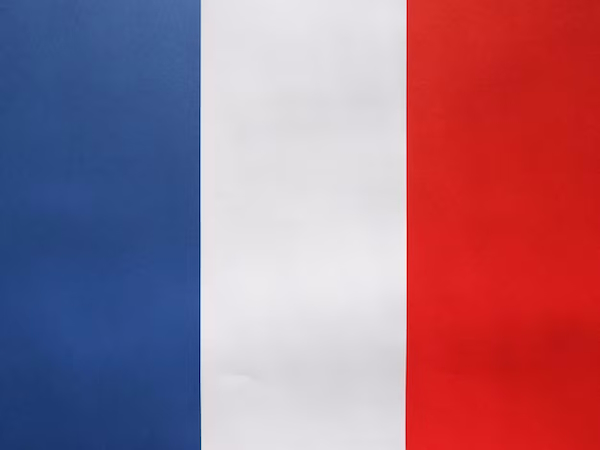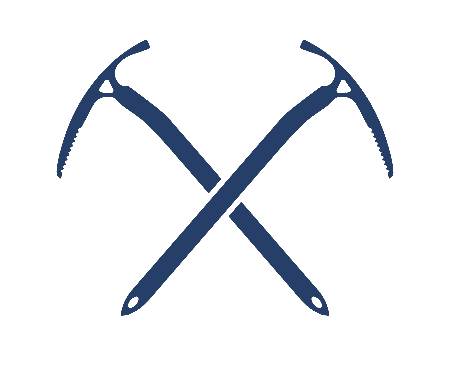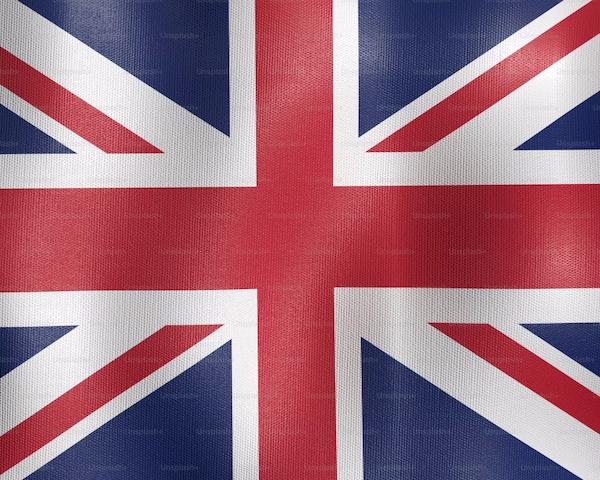
G P S / G P S
Le GPS
Il est indéniable que le GPS (Global Positioning System) peut rendre de précieux services en montagne.
Cependant il ne sera utile qu’aux conditions suivantes :
- l’utiliser en permanence pour être à l’aise au moment où on en a vraiment besoin,
- disposer d’une carte avec carroyage grille tracé,
- préparer à l’ avance ses « waypoints » et routes, y compris les routes de secours et de repli,
- utiliser un logiciel « traceur » avec câble de liaison et procédure de transfert,
- toujours vérifier sa localisation par les méthodes classiques (quand c’est possible), carte, altimètre et bon sens.
Des informations utiles peuvent être trouvées sur GPS Track, un site consacré à l’utilisation du GPS en montagne.
Voir par exemple le site de Garmin sur l’utilisation d’un GPS Garmin.
Pour ma part, je n’utilise pas de GPS pour cause du poids…
…car il faut de toute façon avoir carte, boussole et altimètre + des piles de rechange !
Surtout, ne pas jeter les piles usagées dans la nature !
The GPS
There’s no denying that GPS (Global Positioning System) can provide invaluable services in the mountains.
However, it will only be useful under the following conditions:
- use it all the time so that you’re comfortable when you really need it,
- have a map with grid squares,
- prepare its waypoints and routes in advance, including emergency and fallback routes,
- use « plotter » software with link cable and transfer procedure,
- always check your location using conventional methods (where possible), map, altimeter and common sense.
Useful information can be found on GPS Track, a site dedicated to the use of GPS in the mountains.
See, for example, the Garmin website on how to use a Garmin GPS.

